It is March 8th, the day the phones of women across the globe are filled with family members texting on group chats “Happy Women’s Day!” The congratulatory messages and pink-themed everything on this day are inescapable. Women’s Day sales are everywhere, and if you don’t know where to look, Forbes made a list of all “The Best International Women’s Day Gifts To Celebrate The Fierce Females In Your Life.” And just when you realize this day has become nothing short of a commercial holiday capitalizing on millennial-pink-girl-boss feminism, there’s always that one asshole who adds insult to injury by crying out “why don’t men get a day?” News flash, and they do, on Nov 19.
As the “Happy Women’s Day” wishes pile up, the more it becomes apparent: All of the “feminist allies” just don’t get it.
International Women’s Day (IWD) is not the celebration of women just for celebration’s sake. IWD was first introduced at the 1910 International Conference of Working Women in Copenhagen as a result of an organized women-led labor movement across Europe, and it was first observed a year later. The roots of this initiative, however, can be traced to New York. Inspirations for this day go back to 1857, when female textile workers rallied in lower Manhattan to protest unequal pay and unfair working conditions.
In 1911, weeks after the first IWD was celebrated in Europe, the Triangle Shirtwaist Fire proved the urgency of the women-led labor movement in New York City. On March 25, 1911, 129 young working immigrant women died as a result of a textile factory fire just a few blocks away from Washington Square Park. This tragic event is still widely considered to be one of the deadliest industrial disasters in United States history. It is and was evidence of the danger of systemic inequality in the workforce.
The women who marched and those whose lives were taken as a result of systemic inequality were the catalyst to the feminist movements celebrated on March 8th. To downplay their work with mere congratulatory messages erases the meaning of what’s being celebrated today in the first place. “Happy Women’s Day” translates to, “I’m a feminist ally with no clue of what today really means.” It’s not just another holiday, but rather the recognition of the victims of decades of struggle and oppression. Sending a celebratory flower bouquet to a woman in your life does nothing to bridge the gender wage gap, and a “girl boss” t-shirt from Women’s Day Gifts listicles won’t pay for the rent of a woman who needs it.
The work of generations before have given women in the U.S. the right to vote, access to a diversity of work fields, and until recently, the right to reproductive health. While much improvement has developed in the last century regarding women’s rights, it might even be a conservative estimate to say we still have a long way to go.
In the U.S. “women earned an average 82% of what men earned” in 2022, with no significant improvement from 2002 when women earned just 80% of what their male counterparts did. And this doesn’t even account for racial disparities that increase the wage gap between men and women of color.
In June 2022, the U.S. Supreme Court overturned Roe v. Wade, which previously gave individuals with the capacity to get pregnant the constitutional right to access abortions. Despite decades of protests against gender inequality, the safety of women – both cis and transgender – is still at jeopardy in America. Access to reproductive health care might just be more useful than wishing someone a “happy women’s day” with an “but I’ll still force you to be a mother against your will” undertone.
It’s important to see beyond the American-centric media bubble and remember that Women’s Day is celebrated globally with the purpose of uplifting marginalized voices and raising awareness of the gender-based threats that are still very much prevalent today.
In Mexico, Women’s Day serves as the annual date for a massive national rally in protest against gender-based violence. As of 2022, an average of 11 women die everyday as a result of femicide, defined as the intentional killing of a woman with gender-based motivations, in Mexico. The March 8th (colloquially known as the 8M) protest, which used to draw hundreds of citizens, has expanded into a thousands-strong march as numbers of victims continue to rise.
A series of cases in Mexico went viral showcasing the tragic yet common attacks on women in the country. In 2019, three reported cases of sexual assault by police officers with no consequences sparked the #NoMeCuidanMeViolan (they don’t protect me, they rape me) movement where several women gathered at Mexico City’s Angel of Independence monument in protest. In 2020, just a few months after #NoMeCuidanMeViolan, uproar amongst Mexican women continued to rise when 7 year old Fatima Aldrighett Antón was found murdered, her body showing signs of sexual abuse and in a trash bag near her home in Toluca, and when Ingrid Escamilla was found murdered and skinned by her jealous husband. The 2020 8M protest was massive; 80,000 women were in attendance and cities across the country were crowded with citizens wearing purple in support(symbolizing the pursuit against gender-violence).
With the Mexican government often working to belittle their efforts, these protests have not gone on unopposed. Mexican President Andres Manuel Lopez Obrador disregarded feminist collectives’ complaints regarding violence and referred to these groups as members of his opposition. In leaked documents from SEDENA, the Mexican Military Forces, feminist collectives have been categorized as subversive groups and are constantly monitored by the government. Mexican women are at battle for their lives while the government targets them solely for pursuing justice for victims.
It’s hard to swallow a full inbox of well wishes when cases of gender-based violence are a commonality across the border. Well-wishes don’t bring missing women home, and they sure don’t resurrect victims.
Similar initiatives can be seen across Latin America, with Chilean women marching everyday to the tune of “El Violador Eres Tu,”, and Argentinian women achieving the legalization of abortion after 25 years of protests–just two of the abundance of examples
Across the globe, young women in Iran continue to protest against the Iranian oppressive regime and Afghan women are protesting for their right to education. Women around the world risk their lives for basic human rights, they rally and protest just to survive, and a copy-pasted chain message of ‘good vibes’ does not do them the justice they so fiercely deserve.
To care about women’s rights only when women die, when they are in grave danger, or because it’s Women’s Day simply is not enough. Especially if we’re looking to actually evolve as a society. No woman should have to be a victim just for the world to start caring.
Don’t send flowers, don’t send a text. Make change.
Want to actually help? Here are some ideas:
Attend a New York City for Abortion Rights Clinic Defense
NYC4AR is self described as an “intersectional, abolitionist, socialist-feminist collective of activists” which “focuses on destigmatizing and fighting for abortion and reproductive justice through collective education.”
On Saturdays, this organization rallies outside Planned Parenthood clinics across New York City to counter protest the Catholic-led Witness for Life program. Witness for Life hosts a Saturday mass which is then followed by a march to the closest Planned Parenthood location to harass clinic patients and staff members. Each of the month’s four Saturdays is designated to a different borough, as the church targets clinics all around the city. Check out NYC4AR Instagram to stay up to date when these counter protests occur. Join the counter protest and help defend your local clinics.
Donate to the National Network of Abortion Funds
National Network of Abortion funds focuses on removing “financial and logistical barriers to abortion access by centering people who have abortions and organizing at the intersections of racial, economic, and reproductive justice.”
It is a network of abortion funds across the country, and it helps individuals in need of an abortion with financial and logistical aid for traveling and medical expenses, amongst other services.
Donate to them here.

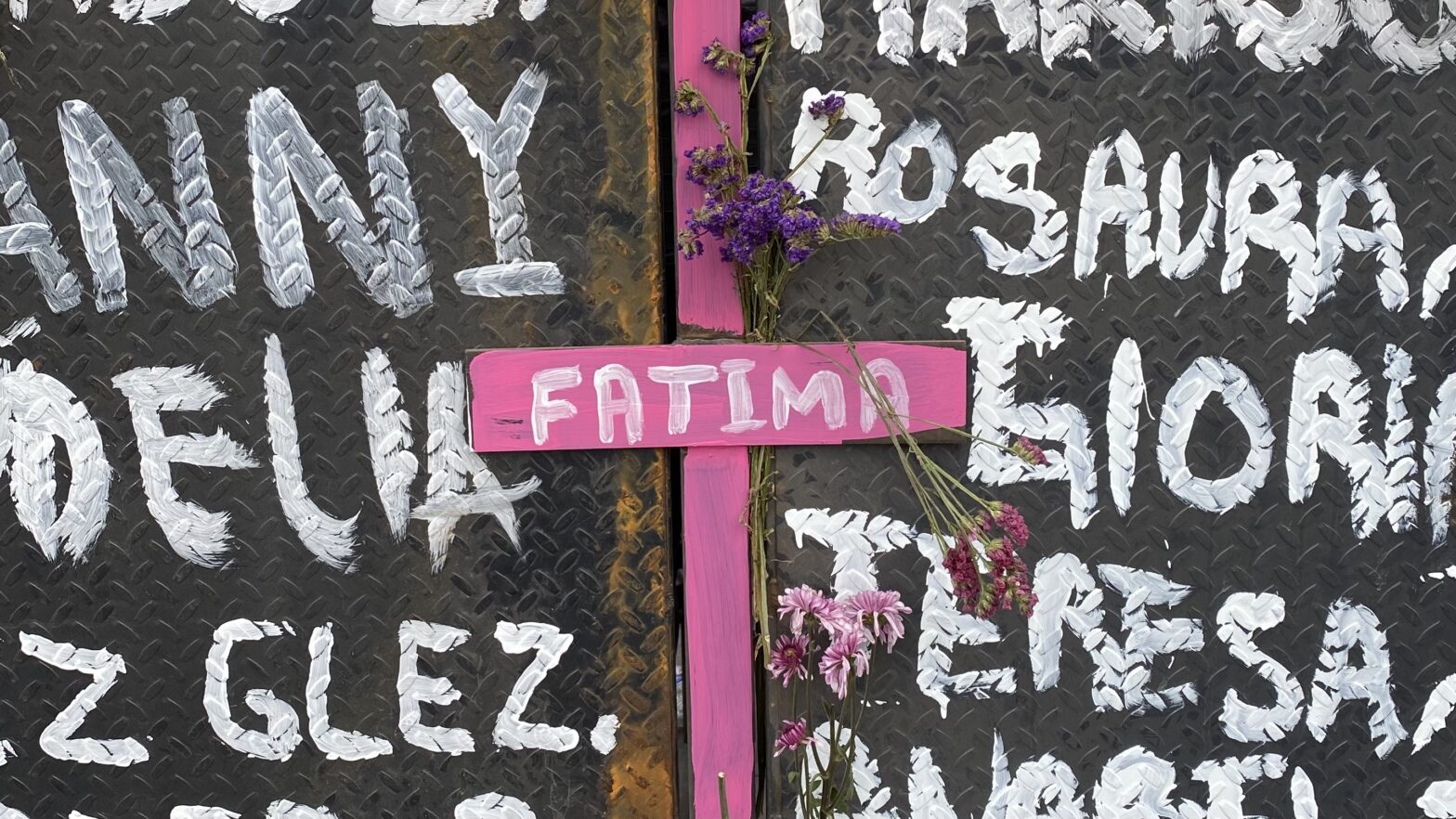
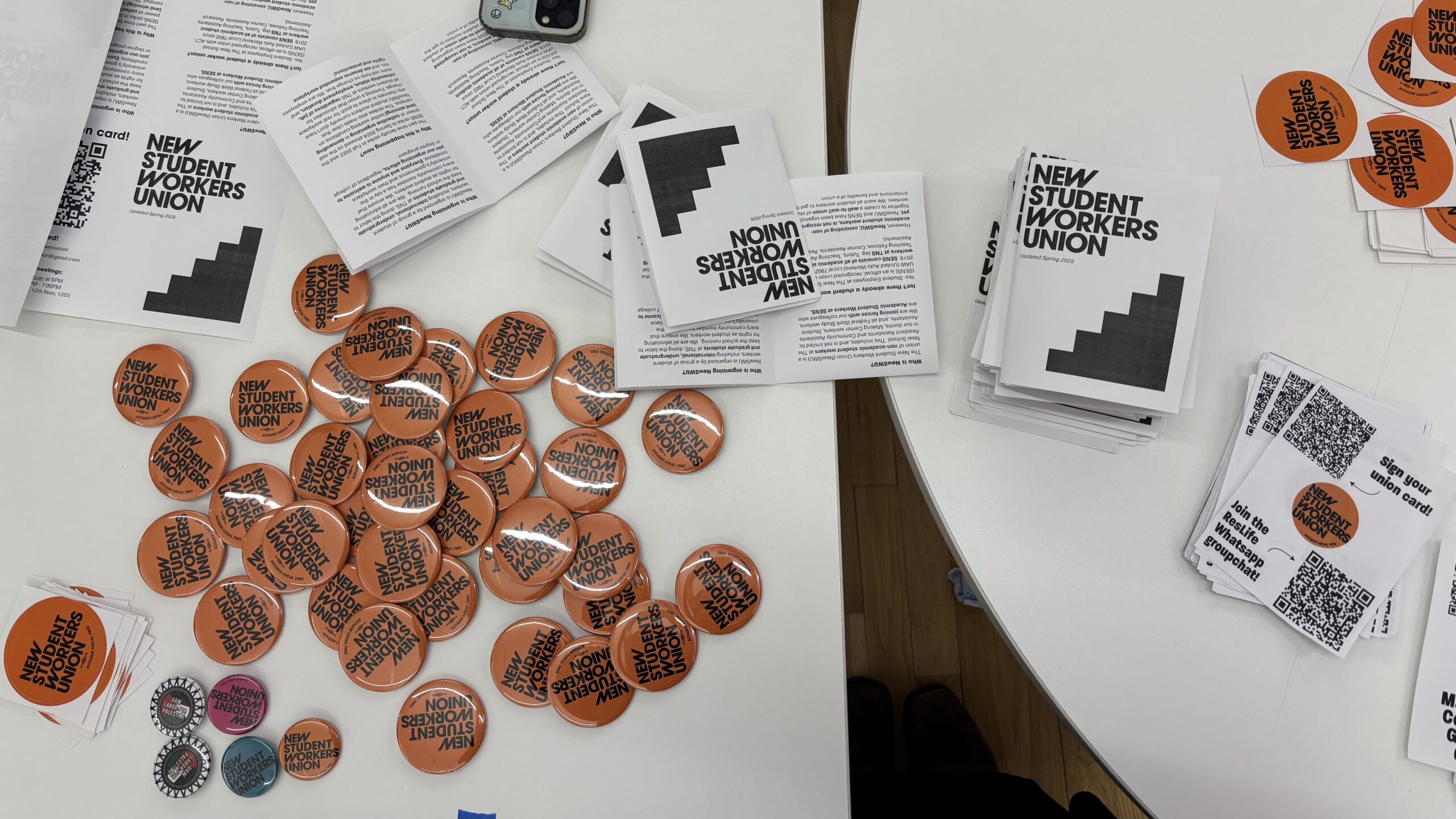

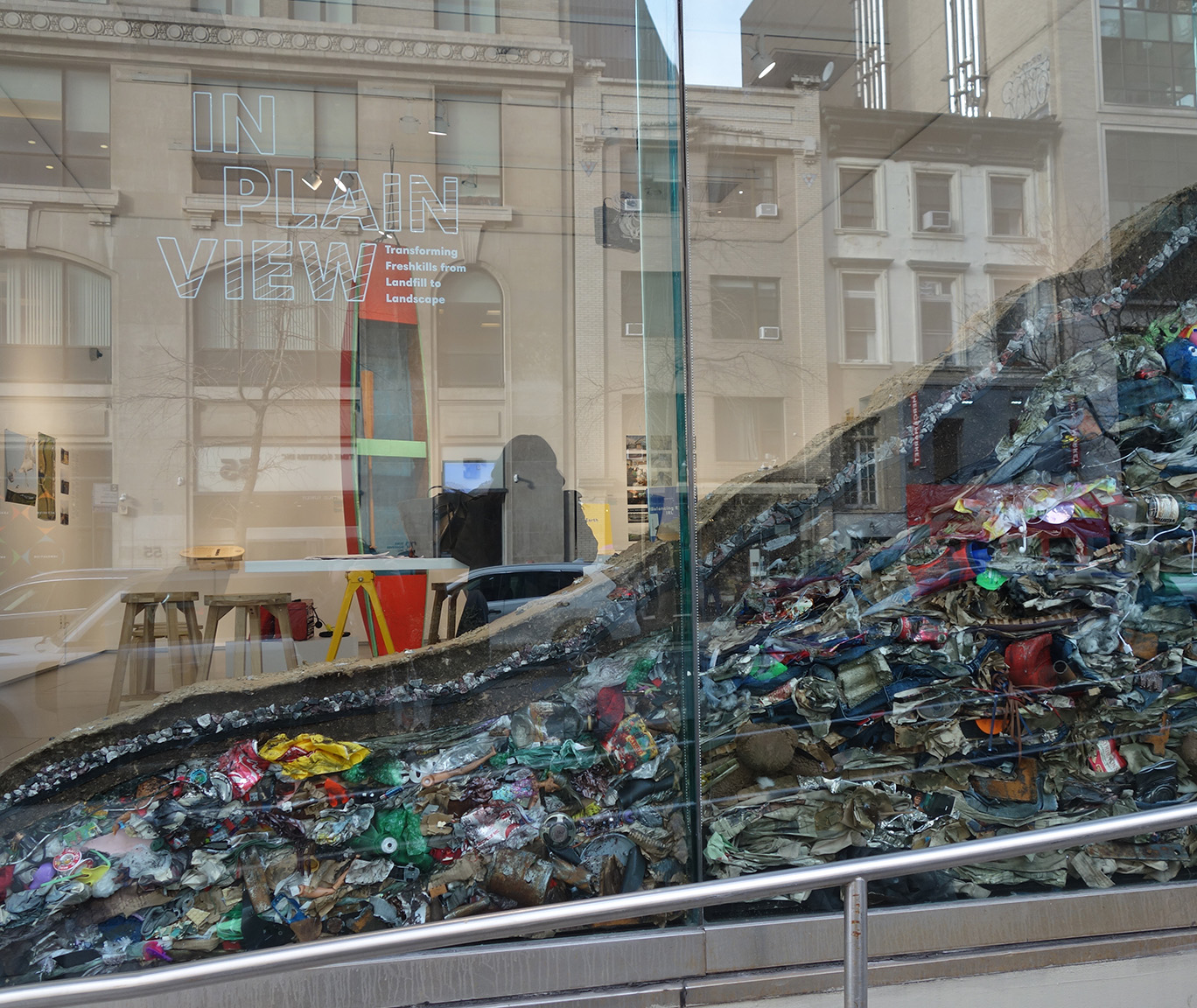
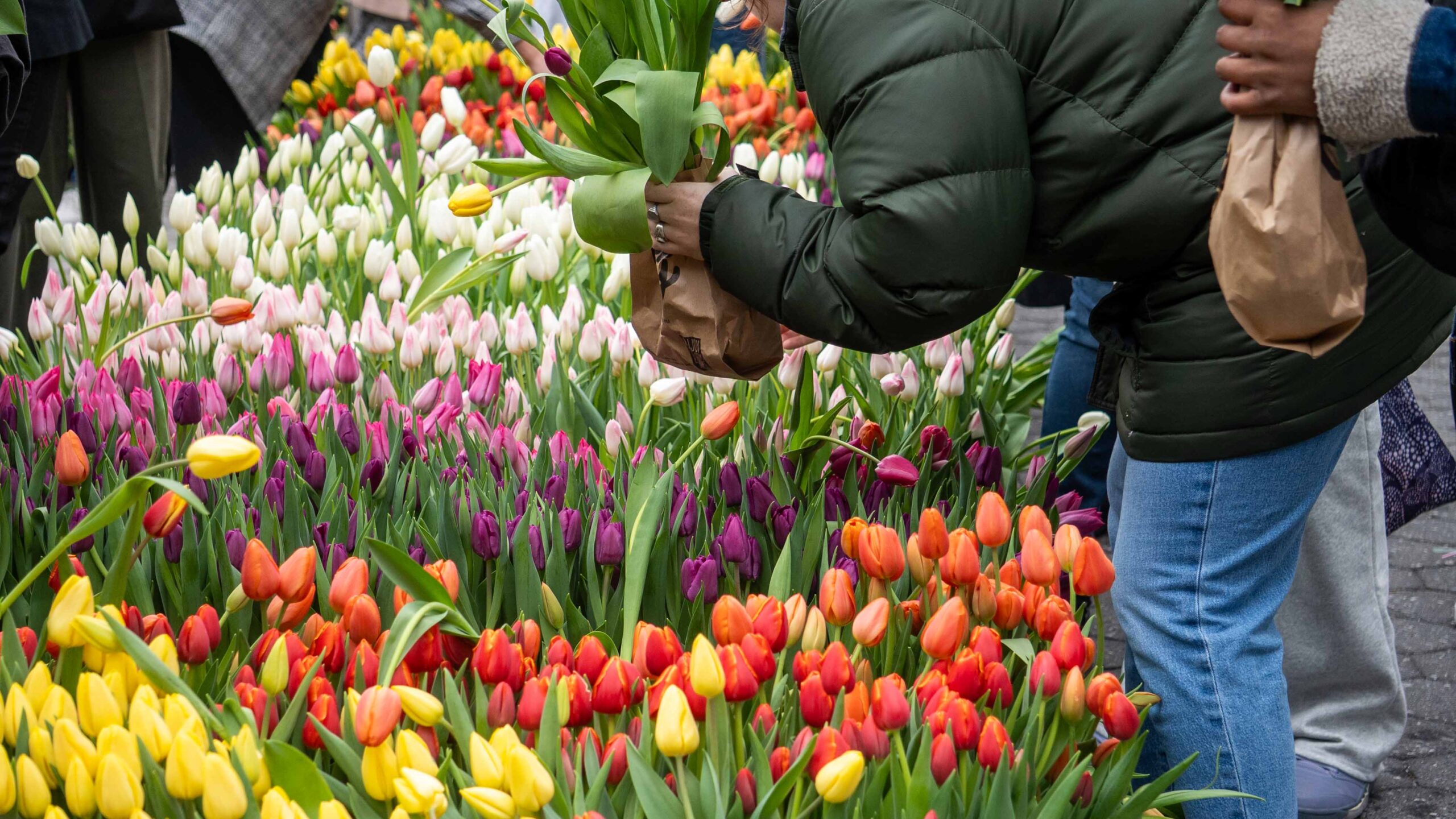
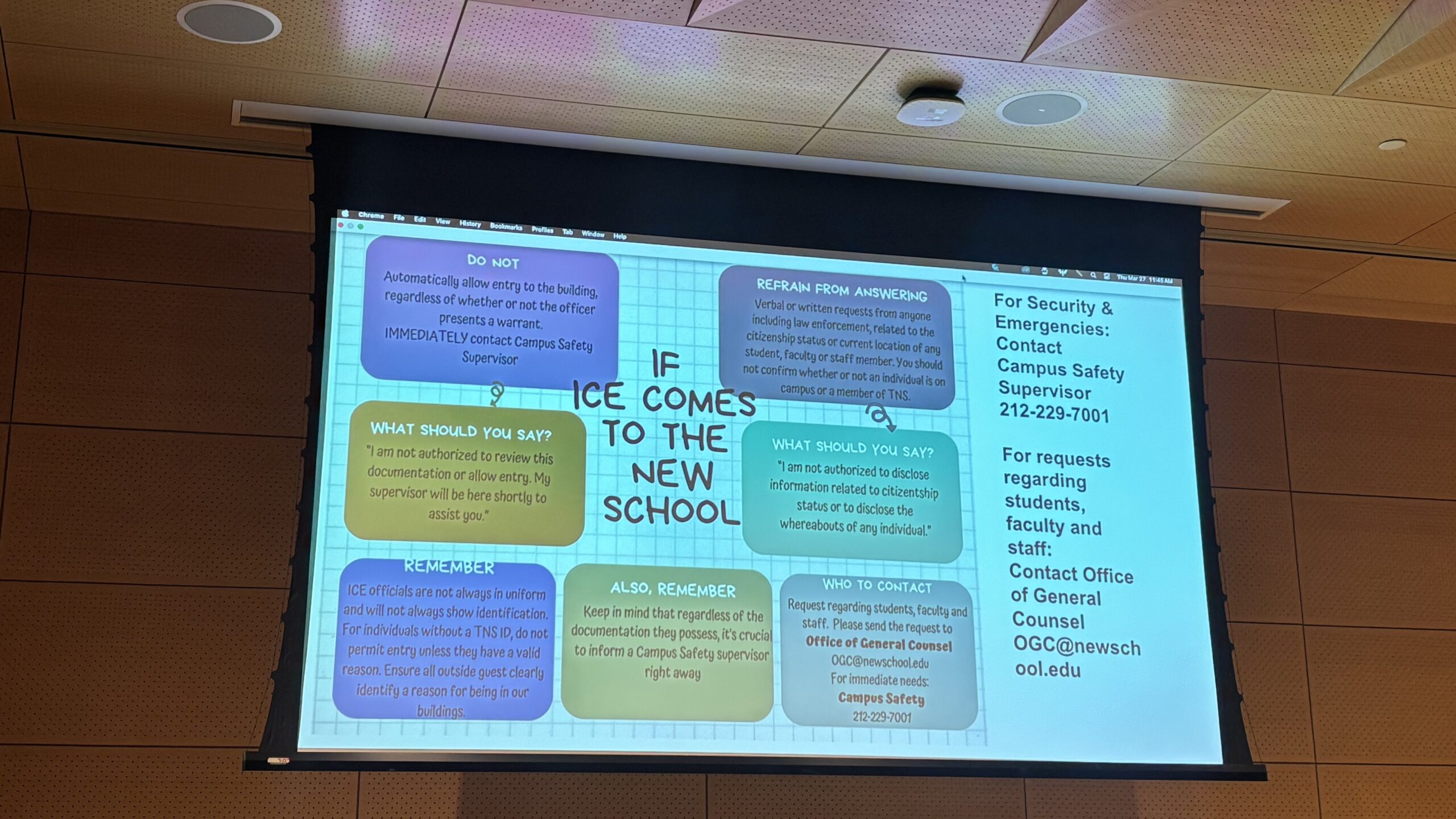
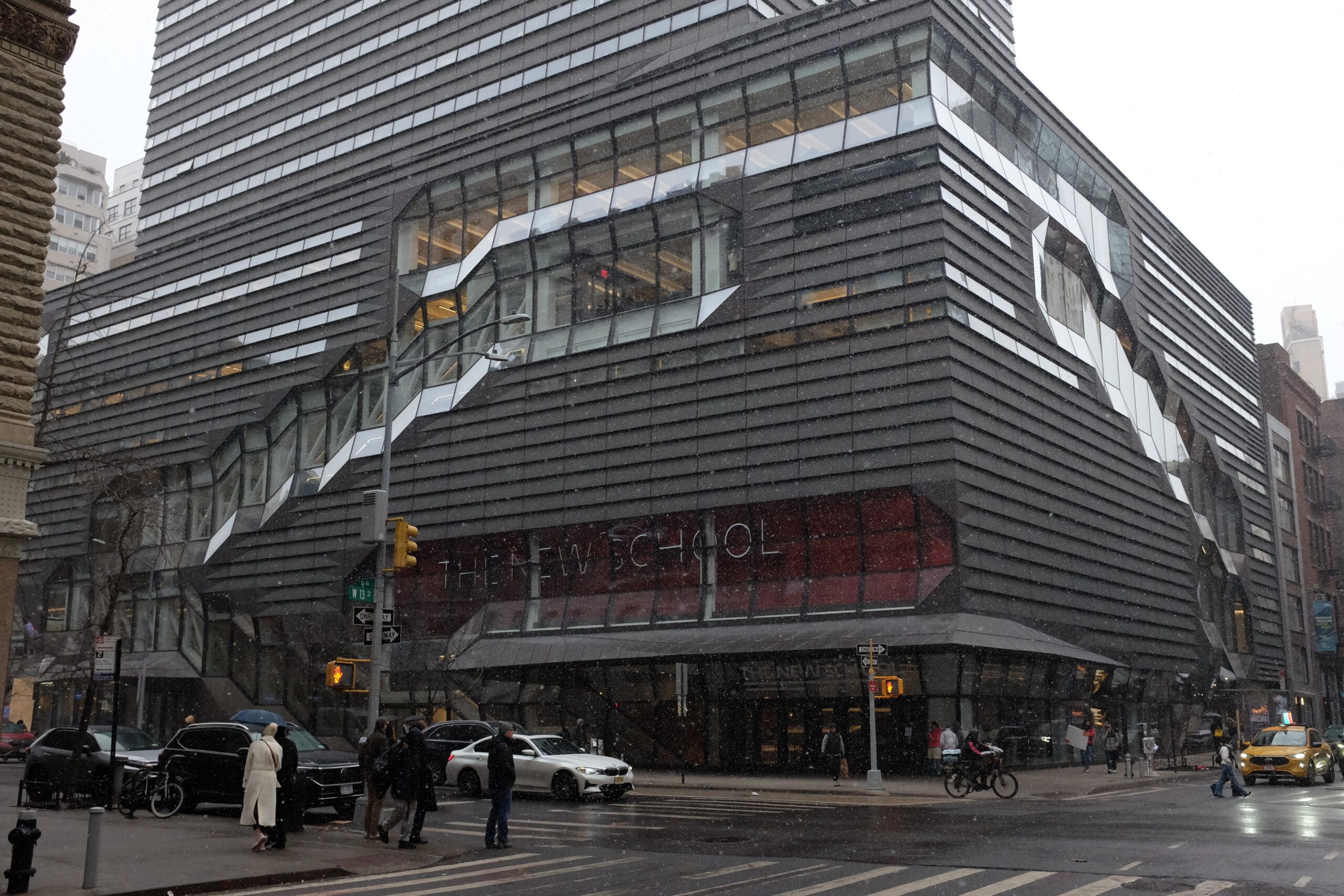
Leave a Reply